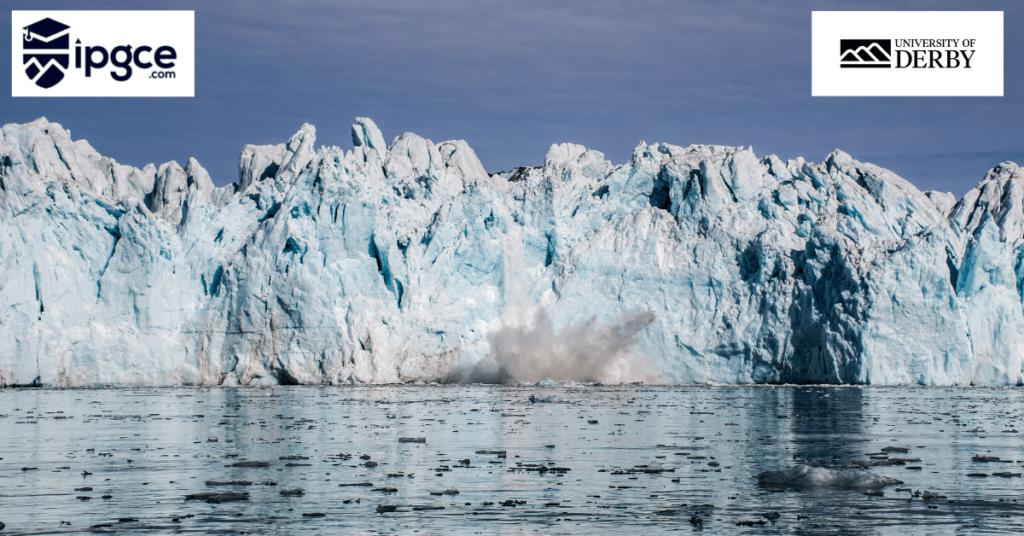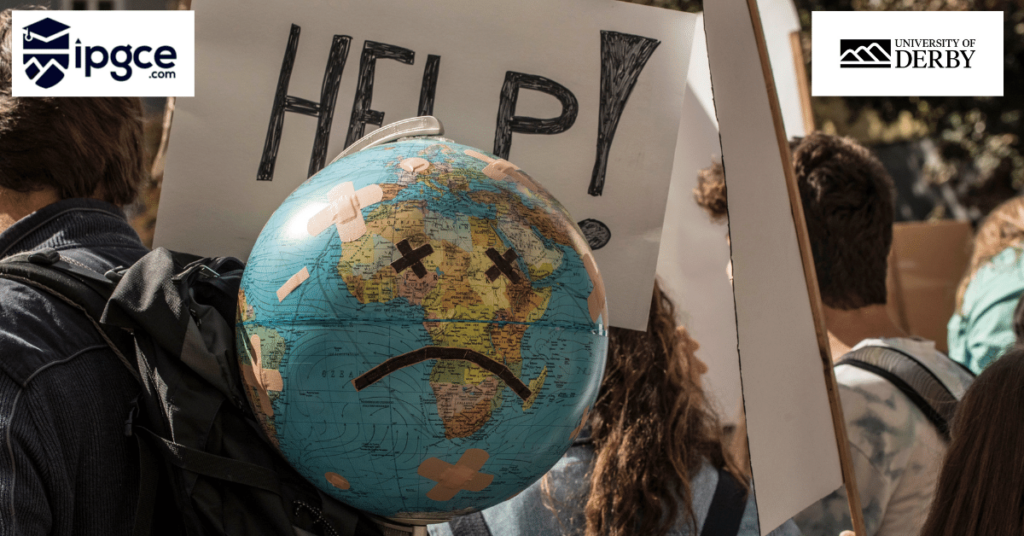There is much misinformation about climate change and its causes. Students need to discern fact from fiction when it comes to this issue.
Read the rest of the article here: https://www.ipgce.com/teachers-prioritise-learning-about-climate-change
Contact us here: https://www.ipgce.com/contact-us
This exercise will help them do just that. They will search for sites that cast doubt on the human causes of climate change and analyse who is behind them. This will help them develop critical thinking skills and become more savvy consumers of information.
Ultimately, Ms Vazquez said, she hoped it would inspire her students “to understand they have agency” — that they can make a difference in tackling what she sees as an existential crisis facing their generation. “I want them to understand this is something we need to pay attention to,” she said.
Ms Vazquez, who teaches in the Miami area, is one of a small but growing number of middle- and high-school teachers around the country who are working climate change into their curriculum, often by weaving it into existing courses like science, math, language arts or social studies.
They teach about its causes and effects, what is already happening due to human-driven warming, and possible solutions, like renewable energy or planting trees. And they are doing so at a time when climate change is increasingly on Americans’ minds: A Pew Research Center survey released this month found that nearly two-thirds of adults say they worry “a great deal” or “a fair amount” about climate change, up from 57 per cent in 2014.

But even as the issue has risen on the public’s list of priorities, it has been largely absent from America’s classrooms. A 2018 National Science Teachers Association survey found that only 38 per cent of respondents reported spending “extensive” time on climate change in their classes; 40 per cent said they spent no time on it at all. That is partly because most state science standards do not mention climate change, and many teachers say they feel ill-equipped to teach the subject.
Some states are starting to take action. This year, New York became the first state to require that climate change be taught in all public schools, beginning in 2020. And last month, California released a draft of new science standards that would make climate change a central topic in the middle- and high school classes for the first time.
But even in states with no mandate, teachers like Ms Vazquez are finding ways to work climate change into their lessons. In doing so, they are often playing catch-up: trying to make up for what they see as a lost opportunity to educate students about one of the most pressing issues of their time.
“We have this window of opportunity now, with kids who are worried and want to do something,” said Amanda Staudt, a senior scientist at the National Wildlife Federation who specialises in climate education. “But it won’t be open forever.”
Ms Staudt said the federation was working with thousands of teachers around the country on climate change education, up from just a few hundred a few years ago. She attributed the increase to a groundswell of interest from teachers, as well as new state mandates and curriculum guidelines.
Still, she acknowledged, there is a long way to go. “The vast majority of kids are not getting anything on climate change in school,” she said.
What do you think of this article?
Contact Us Directly on Wechat or WhatsApp

To find out about the courses we have on offer: Click Here
Join the Course: Click Here


